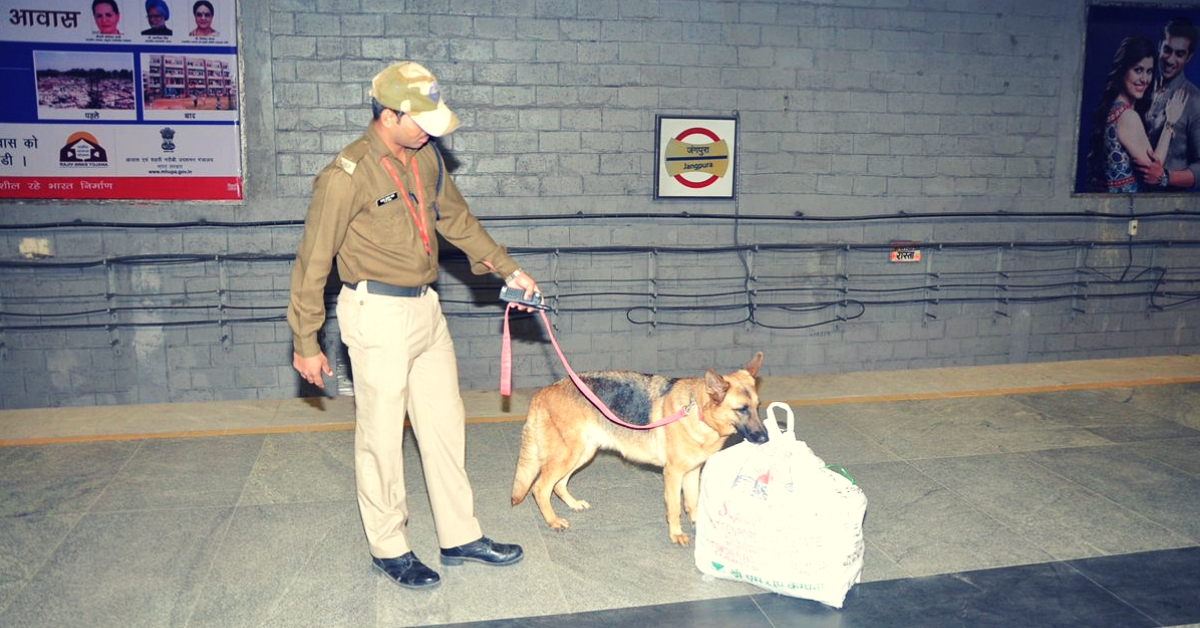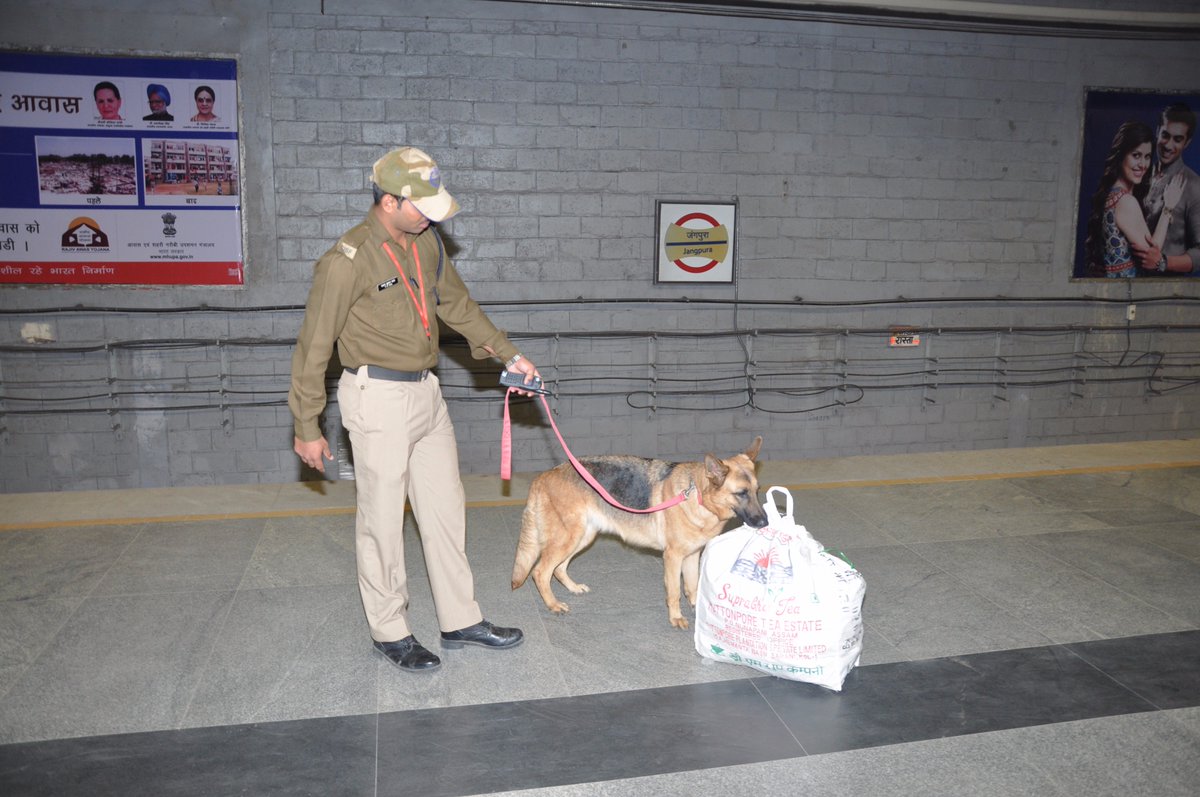Ready for Robotic Canines? Sniffer Dogs at Airports May Soon Be a Thing of The Past!
Interestingly, these 'robo doggos' will not only have a nose for explosives, they will also be able to X-ray scan the luggage of passengers with their eyes!

At the airport or the metro station, anyone suspected of carrying drugs or explosives is subjected to a sniff test by German Shepherds, Belgian Malinois’ or Labradors. These dogs are also sent out in the event of a potential bomb threat in any city. Their nose for explosives has only saves countless lives but also prevents tragedies from occurring in the first place.
However, their sensory qualities could, in the following years, come under less use with competition from factory-built robot dogs. These robotic canines can not only sniff out potential bomb threats but also conduct X-ray scans of the passenger luggage with their eyes, according to Times of India.
What’s more, you may soon see CISF patrol stations in airports or metro stations with these robotic canines. This development came up for discussion at the recent Global Aviation Security Symposium, which saw the attendance of CISF Director General Rajesh Ranjan and Additional DG, MA Ganapathy, who oversees security across airports in India.
Robots are already tasked with functions like conducting security checks or offering passenger information at airports in Japan, South Korea, Canada and the United States, among others.

However, researchers in the United States are going beyond the scope of robotic dogs. Earlier this year, Hiroaki Matsunami, a Professor of Molecular Genetics and Microbiology at Duke University, was the senior author on a paper about developing an artificial nose that could replace sniffer dogs.
Also Read: These 4 Hero Dogs Saved Mumbai from a Hidden Danger on 26/11
“Duke researchers recently published a paper in which they used mouse genes to grow odor receptors that could respond to specific odors. If this could be developed into a device, the electronic nose might be able to detect some of the odors that dogs are searching for—such as cocaine or explosives,” says this Duke University report.
However, there is still some way to go before a functional and successful prototype of this product exists. In the event that happens, these dogs must find a home through the adoption process.
Besides the use of robot canines, there was also talk of employing CT scan-based screening of cabin baggage, hand luggage, the latest technology in explosive detectors and biometric control access, among others, at the Global Aviation Security Symposium, reports Times of India.
(Edited by Gayatri Mishra)
Like this story? Or have something to share? Write to us: [email protected], or connect with us on Facebook and Twitter.

Similar Story

Startup’s Innovation Could Help Millions Get Access to Better Brain Health At Home
Ivory, a pioneering age-tech startup founded by Issac John and Rahul Krishnan, aims to redefine the ageing experience by focusing on better brain health, through neuroscience-backed assessments, interactive games, and personalised solutions.
Read more >
If you found our stories insightful, informative, or even just enjoyable, we invite you to consider making a voluntary payment to support the work we do at The Better India. Your contribution helps us continue producing quality content that educates, inspires, and drives positive change.
Choose one of the payment options below for your contribution-
By paying for the stories you value, you directly contribute to sustaining our efforts focused on making a difference in the world. Together, let's ensure that impactful stories continue to be told and shared, enriching lives and communities alike.
Thank you for your support. Here are some frequently asked questions you might find helpful to know why you are contributing?


This story made me
-
97
-
121
-
89
-
167












